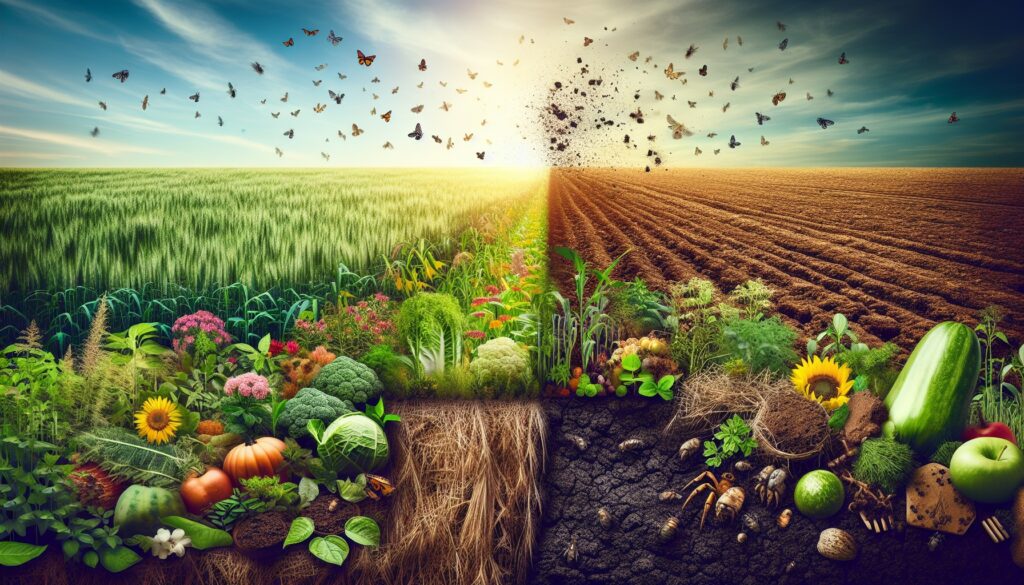Regenerative Agriculture: Healing the Earth, One Field at a Time
In recent years, the conversation surrounding agriculture has expanded beyond producing food to how we can grow food in a way that supports the planet’s health. This is where regenerative agriculture comes into the picture—a holistic approach to farming that focuses on healing the land while still providing sustenance for people.
Unlike conventional farming methods that can degrade the soil and harm ecosystems, regenerative agriculture seeks to restore and enhance the natural environment. It emphasizes working with nature rather than against it. At its core, regenerative agriculture is about improving soil health, increasing biodiversity, and reducing the overall environmental impact of farming.

Key Principles of Regenerative Agriculture
- Soil Health
The foundation of regenerative farming is building healthy soil. Practices such as reduced tillage, cover cropping, and composting help increase organic matter in the soil. This, in turn, enhances the soil’s ability to retain water, store carbon, and support plant growth. - Biodiversity
Regenerative agriculture encourages the use of diverse crops and animal species. By rotating crops, incorporating perennials, and integrating livestock, farmers create a system that mimics nature. This diversity not only improves soil fertility but also strengthens the farm’s resilience to pests and diseases. - Minimizing Chemical Inputs
Regenerative farming seeks to limit the use of synthetic fertilizers and pesticides, which can degrade soil health and pollute waterways. Instead, natural solutions like compost, manure, and biological pest control are employed to maintain crop health and productivity. - Carbon Sequestration
One of the most significant environmental benefits of regenerative agriculture is its ability to sequester carbon in the soil. By improving soil health, farmers can capture carbon from the atmosphere and store it underground. This process helps mitigate climate change by reducing the amount of CO2 in the atmosphere.
The Regenerative Cycle
At its heart, regenerative agriculture is about creating a positive cycle. Healthy soil leads to healthy plants, which support healthy animals and people. When this cycle is in balance, farms become more resilient to environmental challenges such as drought, floods, and pest outbreaks.
Moreover, regenerative practices go beyond the farm’s borders. Healthier soils contribute to cleaner water, less erosion, and a more vibrant ecosystem. The positive effects ripple outward, benefiting surrounding communities and ecosystems.
A Return to Nature
Regenerative agriculture is, in many ways, a return to traditional wisdom. Long before industrial farming, people cultivated land in ways that maintained its fertility and balance. Today, modern regenerative farmers combine this ancient knowledge with cutting-edge research to create sustainable systems that nourish both the earth and its inhabitants.
By shifting our focus from extraction to regeneration, we can build a future where farming restores the land rather than depletes it. It’s not just about feeding the world today—it’s about ensuring that future generations can continue to enjoy abundant, nutritious food from healthy, thriving ecosystems.
Conclusion
As more farmers and consumers embrace regenerative agriculture, the impact on the environment, communities, and food systems will only grow. This farming method holds the promise of not only reducing harm but actively healing the planet. In a world increasingly concerned with sustainability, regenerative agriculture offers a calming, hopeful vision for the future—one where we can work hand-in-hand with nature to nourish both the land and ourselves.



